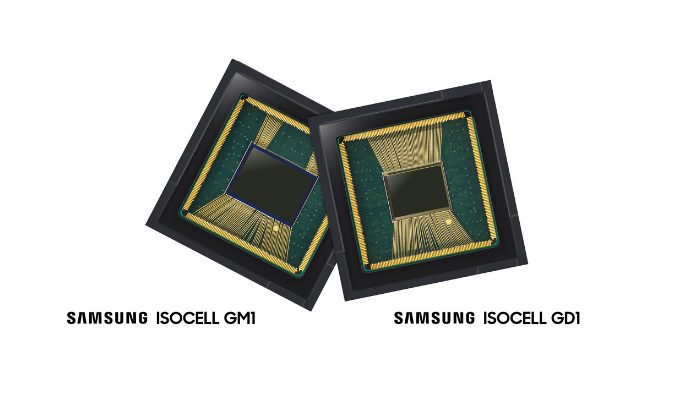Yes, that is what latest rumors confirm. Now fans are wondering if Samsung Galaxy S10 could claim the smartphone could really possess all the attributes that analysts have been asserting that it will have for months now.
This latest 48 Megapixel camera story is indeed an eye watering news. It is one of those things to expect in a world where smartphone companies are at loggerheads regarding who gets what in terms of ushering in new innovation.
We have also heard that Samsung has designed and already built image sensors for handsets with multiple camera system. This one is like what we have in the Galaxy A9.
The 48 MP camera announcement from Samsung marks an important step for claiming what may have been dominated by Sony for quite some time.
Nevertheless, Samsung has not really given any information on which of its handset (or a third-party smartphone) will initially make use of this sensors luxury. However, the company revealed that the sensors will be available in 48-megapixel and 32-megapixel variants, and that they will be dubbed Isocell Bright GM1 Isocell Bright GD1 respective.
However, now that it is apparent that the new image sensors production will start early in the month of November 2018, it is very much likely that this technology will hit the upcoming Galaxy S10 slated for release in the month of February 2019.
Reportedly, it is being revealed also that Samsung is using pixel patches of just 0.8 micrometers which enables manufacturers to build smaller camera module, to pack more pixels into existing designs, or to bring multi-camera setups to devices without making these unnecessarily bulky.
If manufacturers are not even concerned about the latest 48-megapixel and 32-megapixel technology, they could still make use of the same sensors to make better details in challenging light situations. One spectacular thing that Samsung claims will happen to the new technology is that GM1 and GD1 will be able to produce 12 and 8 megapixel photos with low-light sensitivity equivalent to a pixel four times the size.
Because demand for ultra small, high-resolution image sensors are growing nowadays, smartphones will evolve to deliver new and more exciting camera experience for users, says Ben Hur, Vice President of Samsung’s System LSI Marketing.


